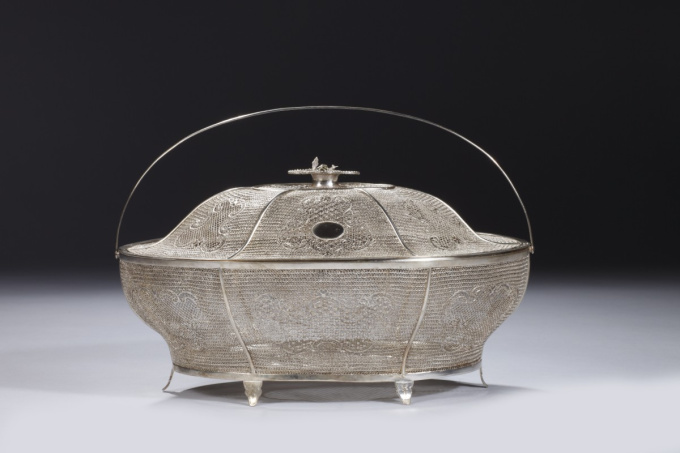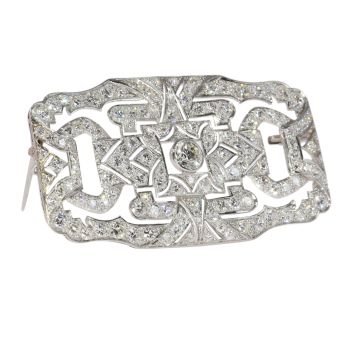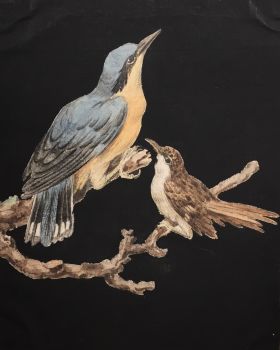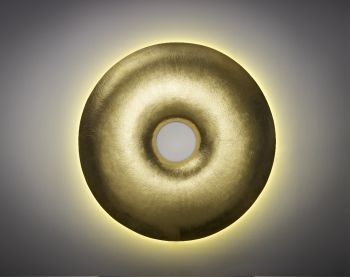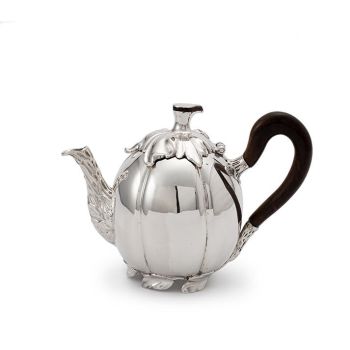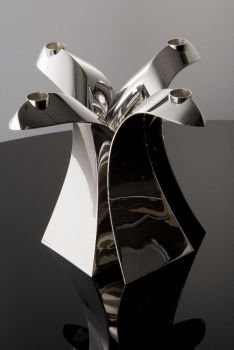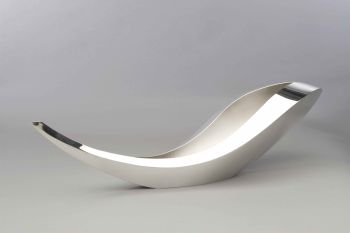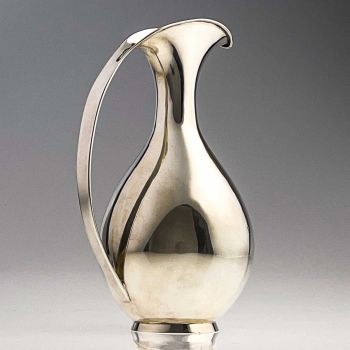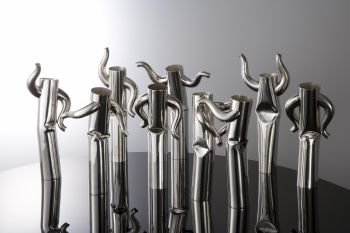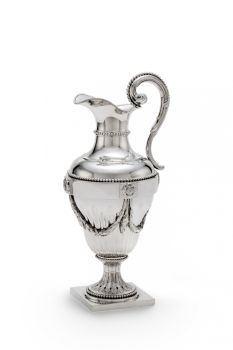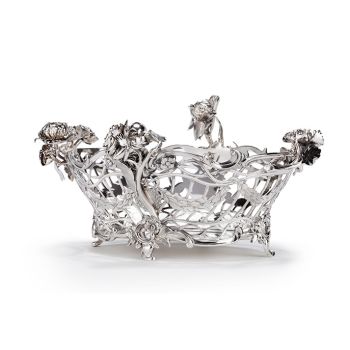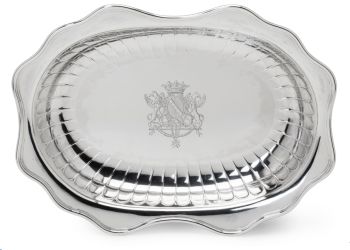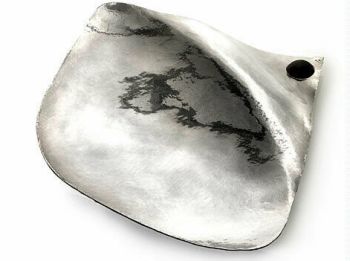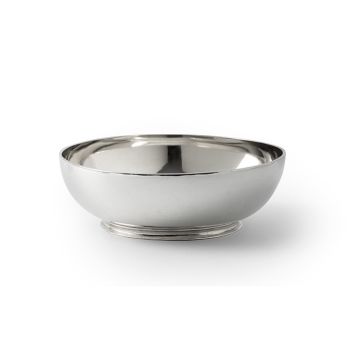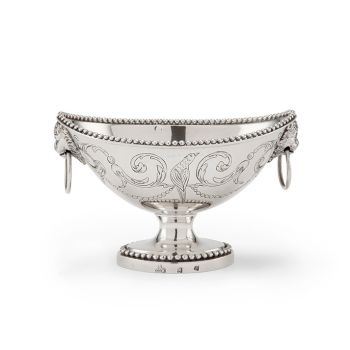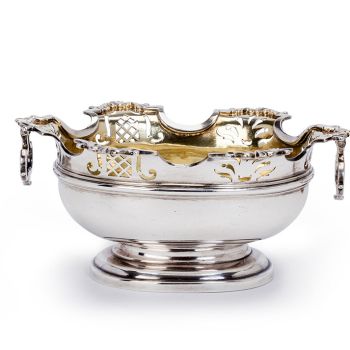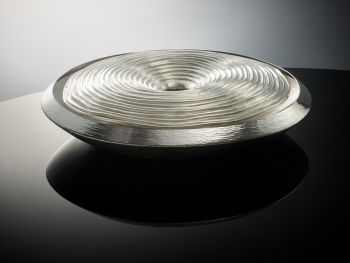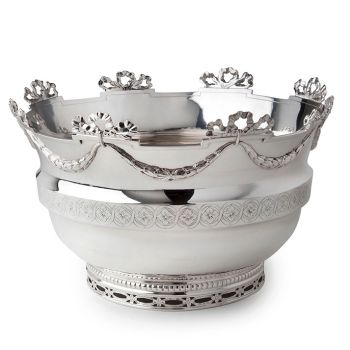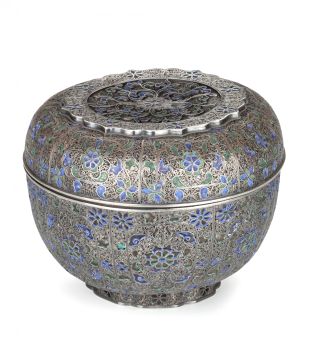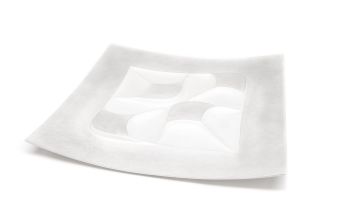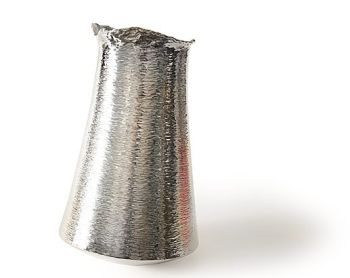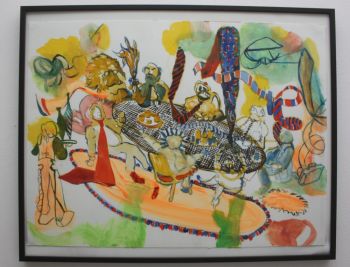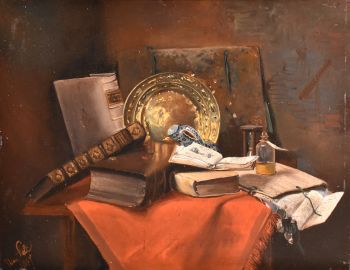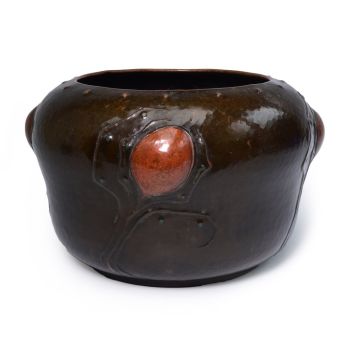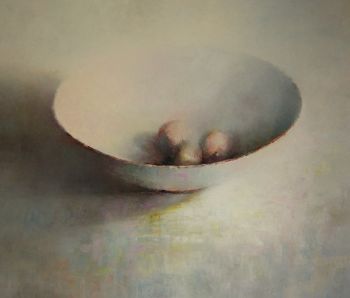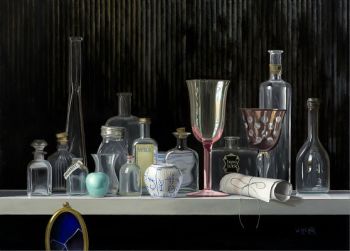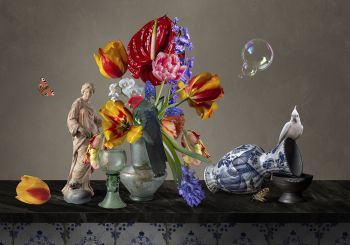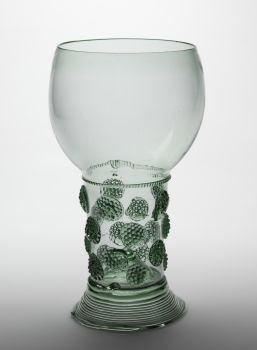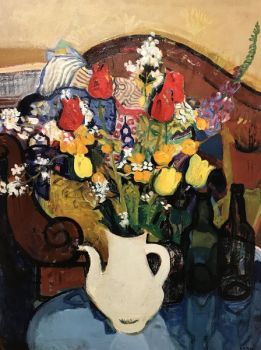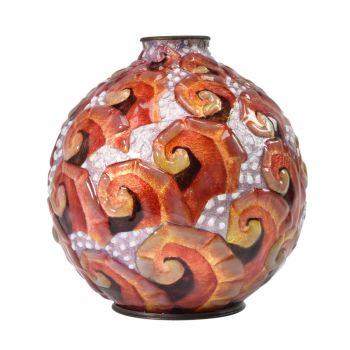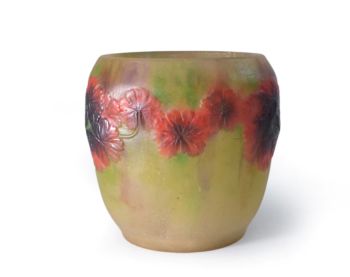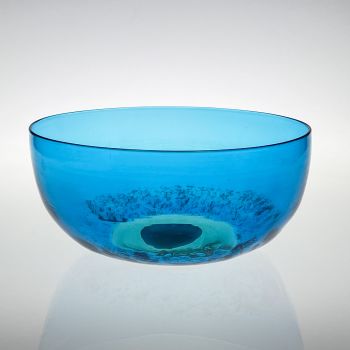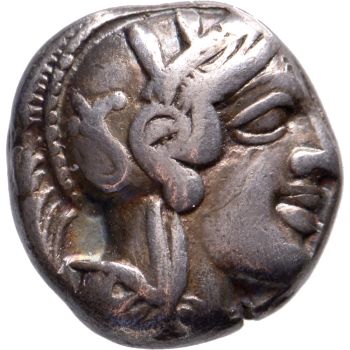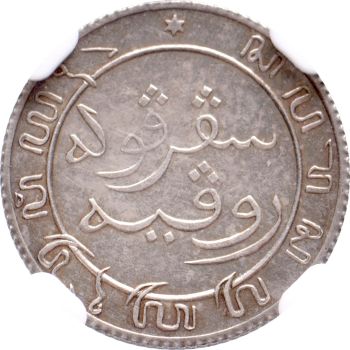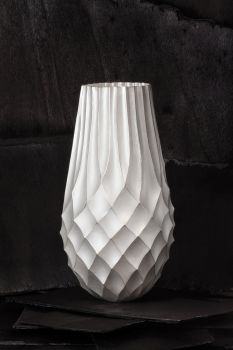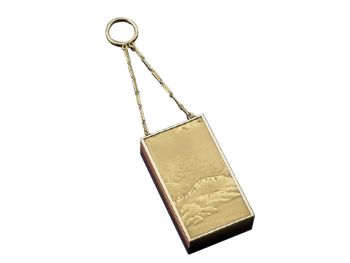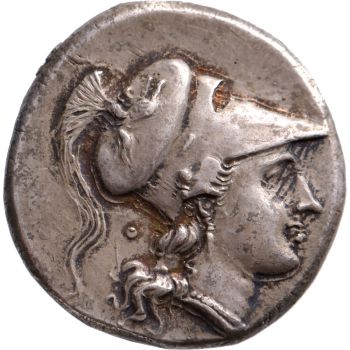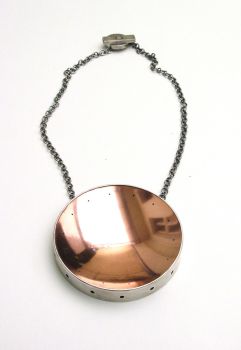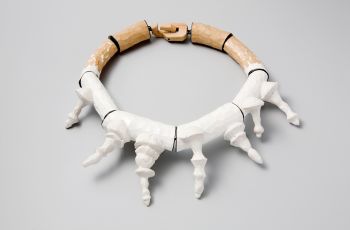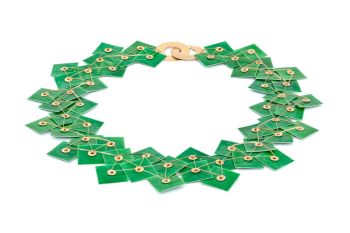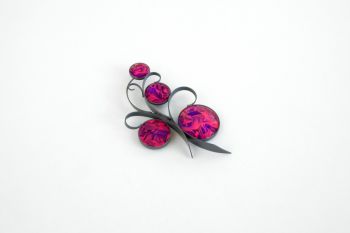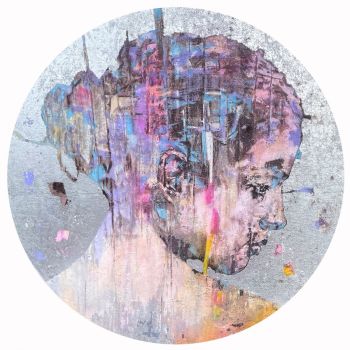Cesta con tapa, China, finales del siglo XVIII / principios del XIX. 1780 - 1820
Artista Desconocido
FiligranaPlata
15 ⨯ 26 cm
Actualmente no disponible a través de Gallerease
- Sobre la obra de arteSilver filigree, the rim of the cover with insciption reading: 'To Miss Nisbet Hamilton on the occasion of her Marriage, with the respectful good wishes of her Tesidenters on her Winton Estate, September 1888'
Constance Nisbet Hamilton (1843-1920) married Henry Ogilvy.
Height 15 cm, length 26 cm
The origins of Winton House in East Lohan, Scotland, date back to 1480 when George 4th Lord Seton commenced the building of Winton Castle. In 1544 during the War of the Rough Wooing it was destroyed. In 1600 the Seton family were granted Earldom and the first Earl set about restoring the castle. Restoration was completed in 1620 more as a palatial than a defensive house.
After the Jacobite Rebellions the Seton family who backed the House of Stuart lost their title and Winton castle. In 1779 Mrs. Hamilton Nisbet bought Winton House and Estate, restored it and passed it down through females till in 1885 it was inherited by Constance Nisbet Hamilton (1843 – 1920). Through her grandmother Mary, who married Thomas 7th Earl of Elgin of the Elgin Marbles, Constance was related to the Elgin family.
In 1888 Constance married Henry Ogilvy. This certainly was the Scottish wedding of the year, attended by hundreds of nobility and the tenant farmers on her estate. Constance was an extremely wealthy woman owning several estates, castles, houses, villages and at least 40 farms in Scotland and England. This casket was one of the numerous gifts she received as a measure not only of thanks for interest shown and favours conveyed but certainly also as a measure of real affection. Winton House is still owned by the Ogilvy family and is considered a masterpiece of Scottish Renaissance architecture with a large collection of fine furniture and many important paintings. - Sobre el artista
Puede suceder que un artista o creador sea desconocido.
Algunas obras no deben determinarse por quién está hecho o por (un grupo de) artesanos. Algunos ejemplos son estatuas de la Antigüedad, muebles, espejos o firmas que no son claras o legibles, pero también algunas obras no están firmadas en absoluto.
También puedes encontrar la siguiente descripción:
•"Atribuido a …." En su opinión, probablemente una obra del artista, al menos en parte.
•“Estudio de….” o “Taller de” En su opinión, una obra ejecutada en el estudio o taller del artista, posiblemente bajo su supervisión
•“Círculo de…” En su opinión, una obra del período del artista que muestra su influencia, estrechamente asociado con el artista pero no necesariamente su alumno.
•"Estilo de …." o “Seguidor de…”. En su opinión, una obra ejecutada al estilo del artista pero no necesariamente por un alumno; puede ser contemporáneo o casi contemporáneo
•"Manera de …." En su opinión una obra al estilo del artista pero de fecha posterior
•"Después …." En su opinión, una copia (de cualquier fecha) de una obra del artista
•“Firmado…”, “Fechado…” o “Inscrito” En su opinión, la obra ha sido firmada/fechada/inscrita por el artista. La adición de un signo de interrogación indica un elemento de duda.
•“Con firma…”, “Con fecha…”, “Con inscripción…” o “Lleva firma/fecha/inscripción” en su opinión la firma/fecha/inscripción ha sido añadida por alguien que no es el artista
Related artworks
- 1 - 4 / 12
Artista Desconocido
A silver spoon commemorating Juff’ Margareta van Hoorn1656 - 1694
Precio a consultarZebregs & Röell - Fine Art - Antiques
Salomon Lamberts
Tetera de plata holandesa con forma de calabaza1766
Precio a consultarJacob J. Roosjen SRI
Jan Cornelis van Hemert
Canasta de dulces de plata holandesa1799
Precio a consultarJacob J. Roosjen SRI
Artista Desconocido
Una canasta de dulces de plata holandesa1738
Precio a consultarJacob J. Roosjen SRI
1 - 4 / 24Herman Bogman jr.
Flower still life of a nasturtium in a blue vase1950 - 1965
Precio a consultarAdelwein Kunst
1 - 4 / 24Artista Desconocido
A silver spoon commemorating Juff’ Margareta van Hoorn1656 - 1694
Precio a consultarZebregs & Röell - Fine Art - Antiques
Frederik Rudolf Precht
Rebanada de pescado plateado holandés1756
Precio a consultarJacob J. Roosjen SRI
1 - 4 / 24

